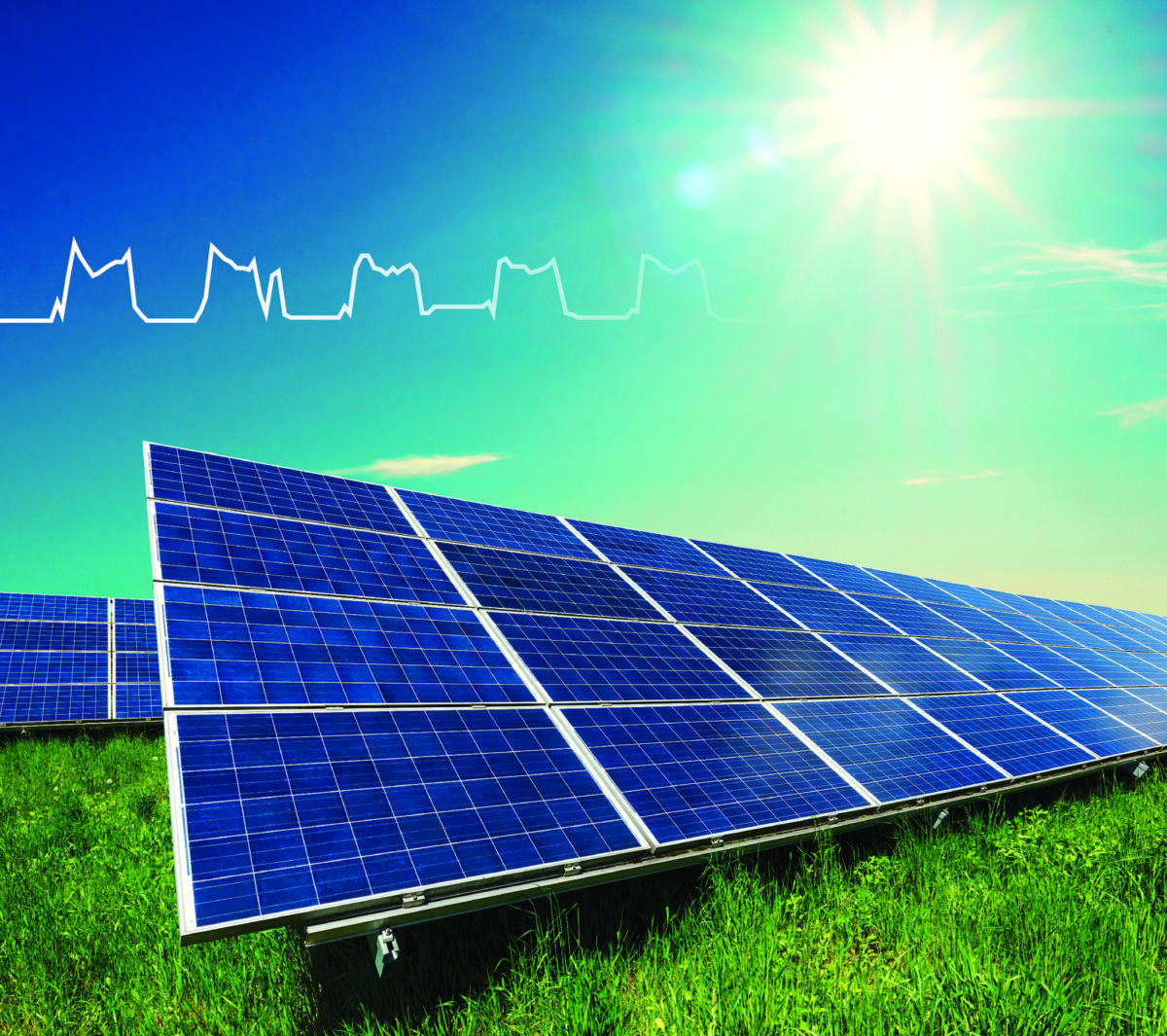Our reliance on fossil fuel-based energy resources for meeting the exceeding energy demand, led by an increasing population and changes in individual lifestyle, is not practical anymore due to the following reasons:
- A threat to our environment through the release of carbon dioxide and other pollutants.
- Scarcity of petroleum-based energy resources in the long-time frame, which limits sustainability.
The mismatch of energy supply and demand, depicted in Fig. 1, outlines the challenges ahead for energy generation and demand. Crucial changes in the way we generate and consume energy are inevitable.

Source: https://life.llnl.gov/why_life/index.php
For a sustainable future, one must decide on energy resources following the criterion of naturally replenishable, least waste generation, good energy efficiency, and eco-clean technology with the least effect on the environment towards climate change.
The prime renewable energy technologies are solar cells, offshore and onshore wind turbines, solar power plants, hydroelectric plants, tidal power, and geothermal plants. The water, wind, and solar energy-based renewable energy systems are also known as wind-water-solar (WWS) technologies. Retrieval of most renewable energy sources is possible within human time scales.

Except for tidal and geothermal plants, all others are derived directly or indirectly from solar energy. Out of these technologies, the hydroelectric system is the most efficient (Energy efficiency: 90-95%). Wind turbines and solar cells have energy efficiency of 30-50% and 15-25%, respectively.
Nuclear energy and biomass are other renewable energy-generation technologies. However, they are not considered clean. Nuclear power plants may contribute significantly to energy generation. However, the pollution from mining and refining nuclear resources, radioactive waste, and the risk of radioactive accidents limit its applications.
In short, we must choose a technology that can produce enough sustainable energy without harming the environment. The physical mechanisms of these technologies are based on well-established concepts and provide a basis for evaluating potential energy sources and energy-use technologies. A quantitative assessment based on such knowledge will enable us to identify what is impractical or impossible.
Renewable energy technologies are categorized based on the continuity of energy availability. River-based hydropower and geothermal plants are considered continuous. Stored hydropower plants are in the available on-demand category.
On the other hand, solar energy and wind turbine electric technologies are termed stochastic systems due to their intermittent nature. Solar and wind plants only produce electricity while the sun shines and there is a breeze, respectively. The problems associated with the intermittent electricity generation from these resources pose challenges, but viable solutions are already in practice.
Intermittent renewable electricity sources are not compatible with the conventional operation of the electric grid. To address this issue, an approach involving a combination of solar and wind energy systems has the potential to stabilize the grid operation. We may realize it effectively by combining solar and wind energy from different locations. Combining renewable energy distant facilities is a practical solution to compensate for the power deficit intermittently generated at a particular location. For example, wind turbines from coastal waters may help compensate for the spikes in electricity demand at far-away locations.
Alternatively, the stability of the power grid is achievable with the help of electricity storage technology involving batteries. The development of efficient energy storage systems and the decline in the cost of energy storage devices enhance the potential of this approach for stabilizing renewable electric grid operation.
Today, the biggest question related to the transition from the conventional practice of electricity generation to 100% eco-clean renewable energy resources is, can we maintain the electricity grid stable every minute of every day? The answer is clearly YES, and it is practical.
According to a 2018 report by the International Renewable Energy Association (IREA), more than ten countries generate 90-100% of electricity for their usage from renewable resources. Albania, Bhutan, Costa Rica, Ethiopia, Iceland, Namibia, Nepal, Norway, Paraguay, and the Democratic Republic of the Congo produced 97.5 to 100% of all their electricity from renewable resources. For most of these countries, the dominant renewable energy source is hydropower.
The viability of electric grid operation with 100% WWS-energy resources is studied, and its worldwide stability is achievable. The transition from traditional electricity generation practices also involves efficient energy usage to maximize sustainability.
Examples of efficient energy-usage practices are switching to low-power operating devices, the realization of insulating buildings, electrification of mobility, encouraging responsible use of electricity to minimize losses, etc.
In addition to reduced environmental impacts, the transition to 100% WWS-energy resources offers incentives like reduced energy needs, better energy-access equality, and fewer pollution-related diseases.
According to a recent estimate, in the USA, a 100% WWS-renewable energy transition by 2050 would reduce energy needs by 57%, energy costs by 63%, and energy plus health plus climate costs by 86% compared with a business-as-usual scenario.
The scenario of transition from traditional energy resources to renewable energy for electricity generation is quite encouraging. In India, renewable energy installation has increased 1.48 times to 172 GW in the last five years (2018-2023). Globally, India ranks fourth in installed renewable energy capacity, as reported in Renewable Energy Statistics 2023, released by the International Renewable Energy Agency (IRENA).
All-inclusive, the world is heading towards significant changes in energy-generating techniques and energy usage. This transition from traditional fossil fuel to renewable energy-based electricity generation practices is practical and achievable. To live in a better world, we must adopt a 100% transition to WWS-energy resources as rapidly as possible.
Dr Samarendra Pratap Singh is a Professor in the Department of Physics, School of Natural Sciences, Shiv Nadar University, Delhi-NCR.
The views and opinions expressed in this article are the author’s own, and do not necessarily reflect those held by pv magazine.
This content is protected by copyright and may not be reused. If you want to cooperate with us and would like to reuse some of our content, please contact: editors@pv-magazine.com.








By submitting this form you agree to pv magazine using your data for the purposes of publishing your comment.
Your personal data will only be disclosed or otherwise transmitted to third parties for the purposes of spam filtering or if this is necessary for technical maintenance of the website. Any other transfer to third parties will not take place unless this is justified on the basis of applicable data protection regulations or if pv magazine is legally obliged to do so.
You may revoke this consent at any time with effect for the future, in which case your personal data will be deleted immediately. Otherwise, your data will be deleted if pv magazine has processed your request or the purpose of data storage is fulfilled.
Further information on data privacy can be found in our Data Protection Policy.